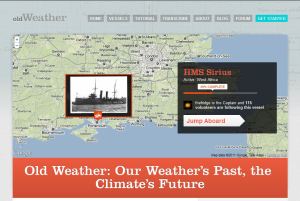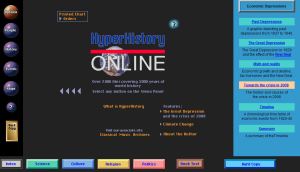 The American Cleaning Institute describes the history of soaps and detergents starting with the ancient Babylonians, who left clay jars containing a mixture of ashes and animal fat, the ingredients of soap. The Romans bathed but the medieval Europeans did not; their filth facilitated the spread of disease. In the Renaissance, soap was taxed as a luxury item, but by 1850, it was mass-produced and considered an essential housekeeping tool. Germany developed detergents, which are chemically synthesized surfactants, in 1916 in response to a lack of raw materials caused by World War I. Today, detergents have largely replaced soap for most cleaning needs.
The American Cleaning Institute describes the history of soaps and detergents starting with the ancient Babylonians, who left clay jars containing a mixture of ashes and animal fat, the ingredients of soap. The Romans bathed but the medieval Europeans did not; their filth facilitated the spread of disease. In the Renaissance, soap was taxed as a luxury item, but by 1850, it was mass-produced and considered an essential housekeeping tool. Germany developed detergents, which are chemically synthesized surfactants, in 1916 in response to a lack of raw materials caused by World War I. Today, detergents have largely replaced soap for most cleaning needs.
Visit the American Cleaning Institute to learn about how soap and detergents are made as well as to find cleaning agent safety information.
Soaps & Detergents: History
http://www.cleaninginstitute.org/clean_living/soaps__detergent_history.aspx








